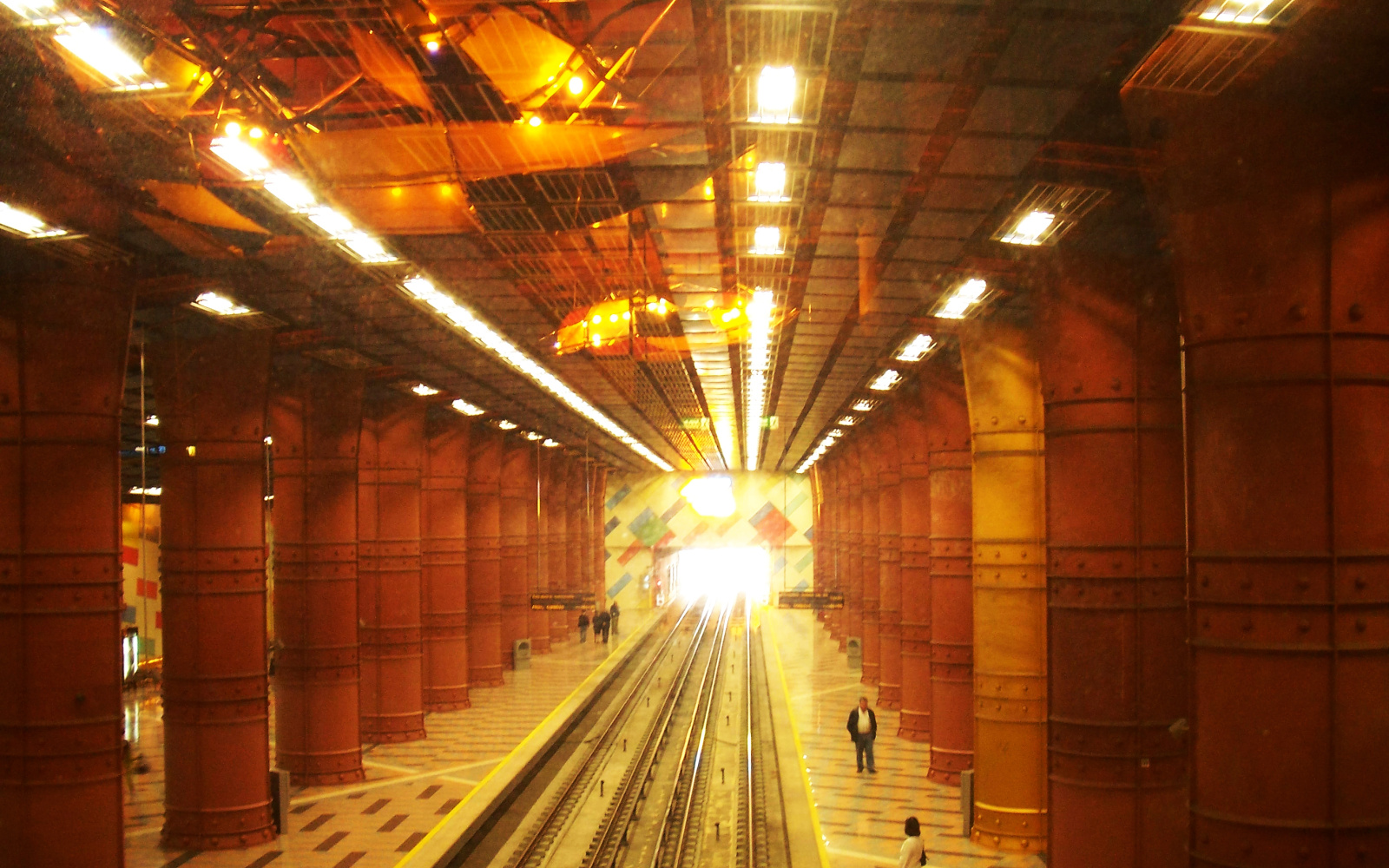Barbara Filser
The Body and the Filmic Image – the Body of the Filmic Image
The relationship of photographic and cinematographic images to reality has primarily been conceived of as representation or even registration, especially in the context of non-fiction filmmaking. What could be referred to as the reality of the image itself, however, has so farreceived much less attention. Focussing on the body, which he regards as central to cinema, theethnographic filmmaker David MacDougall considers thelatter as part of the corporeality of the filmic image (»The Corporeal Image«, 2006). Posited as a »disturbance«, an »obduracy«, a kind of residual »being« that resists absorption into meaning, this corporeality encompasses the body on the screen, the body of the spectator as it is viscerally and somatically affected, the body of the filmmaker especially in its relation to the body on the screen, and the body of the film itself. Describing the film as body implies some kind of agency on the part of the filmic image which for images in general has also been suggested by writers on visual culture and »Bildwissenschaft«.
The paper is going to explore this notion of the body of the film by elaborating on MacDougall and other authors’ writings to then examine the different aspects of the corporeality of the filmic image and their interplay by looking at examples from artists’ film and video focussing on the artist’s own body, such as Vito Acconci’s »Conversions« (1971) or Valie Export’s »Remote ... Remote ...« (1973).
Dr. Barbara Filser is an art historian and media theorist. She has worked as a curatorial assistant at ZKM | Center for Art and Media Karlsruhe and the Edith-Russ-Site for Media Art Oldenburg, has taught courses in Media Studies, Art History and Literature Departments at various universities in Germany, among them the Bauhaus-University Weimar, the University of Arts and Design Karlsruhe, and the Stuttgart State Academy of Art and Design, and most recently as visiting professor for Art Theory and Art History at the University of Art and Design Linz, Austria. Her areas of research are documentary and essay film, video art, and the history and theory of photography. Publications include a book on Chris Marker’s use of images in his films, and papers on French avant-garde cinema of the 1920s, the electronic image as conceptualized in early 1970s TV experiments, and one of German painter Sigmar Polke’s films.
